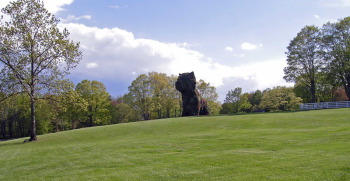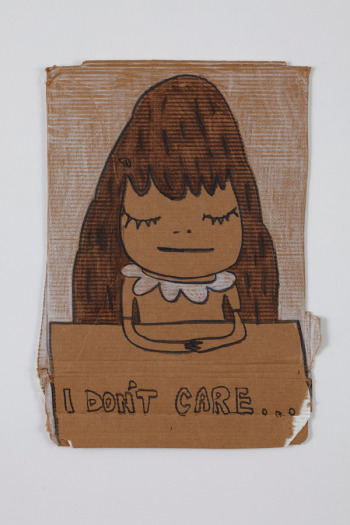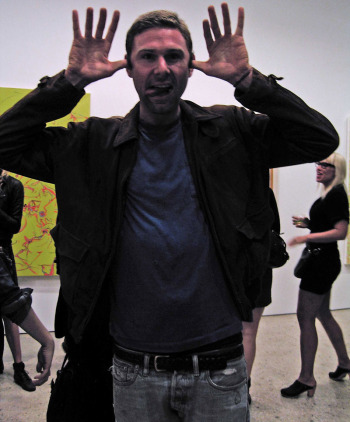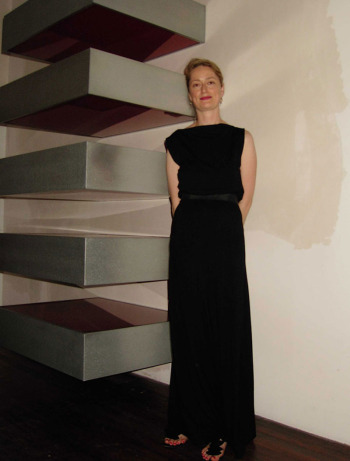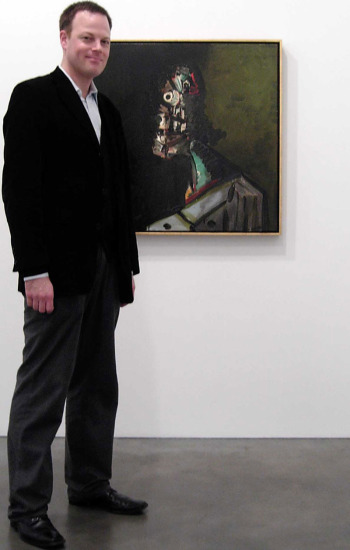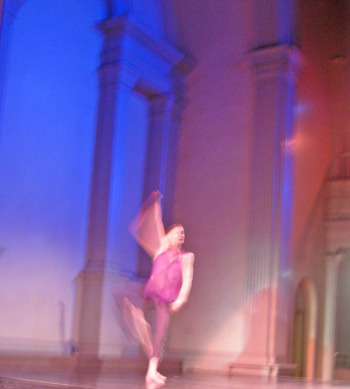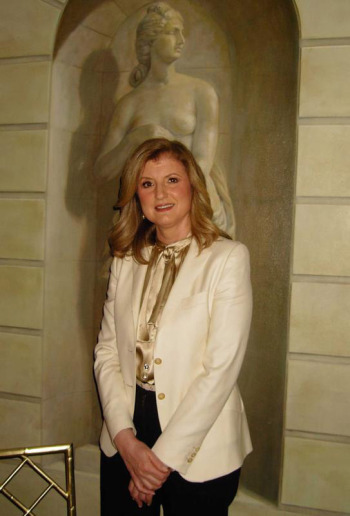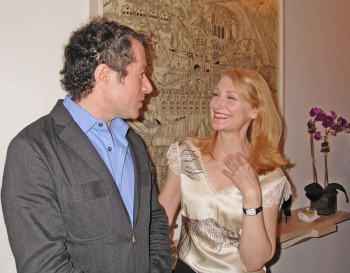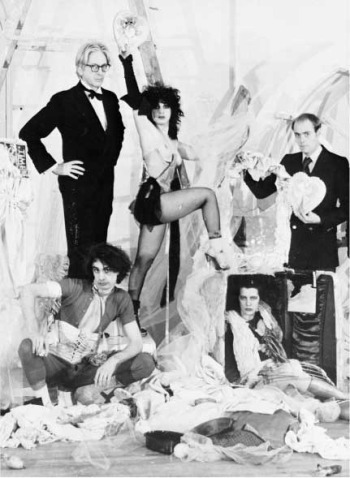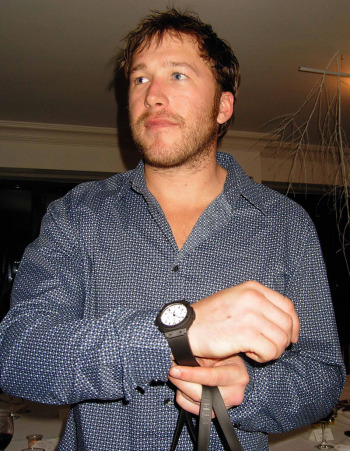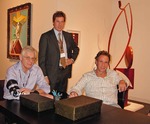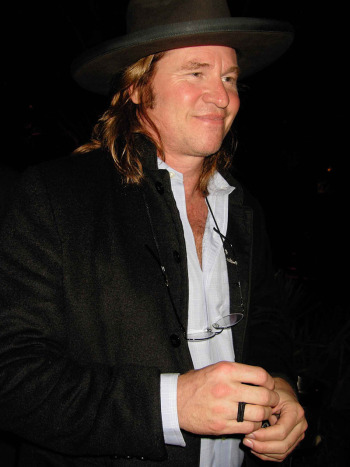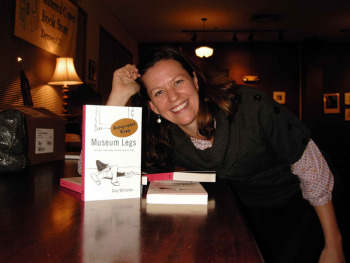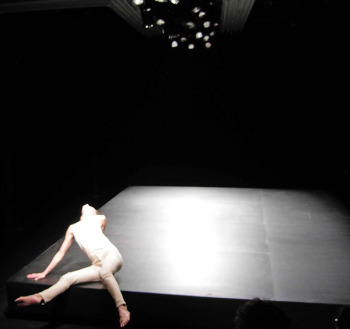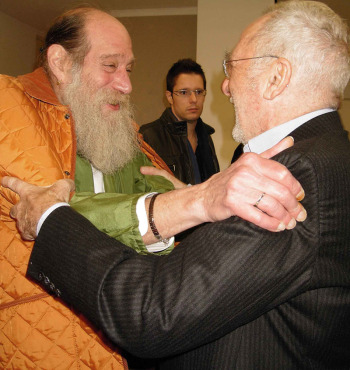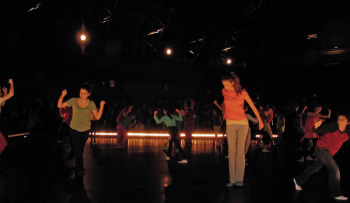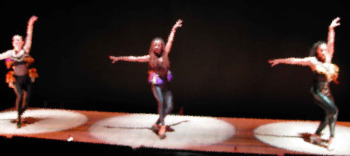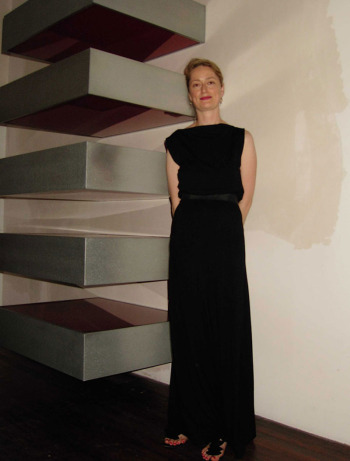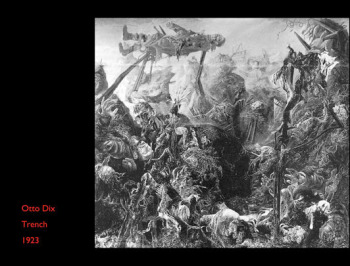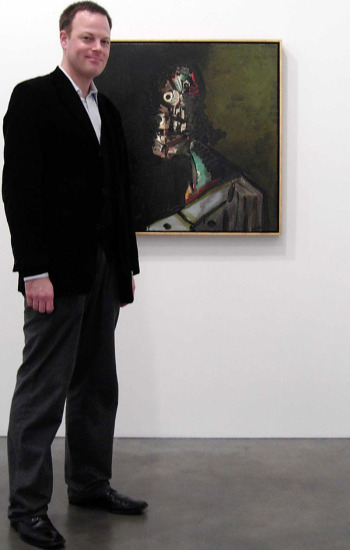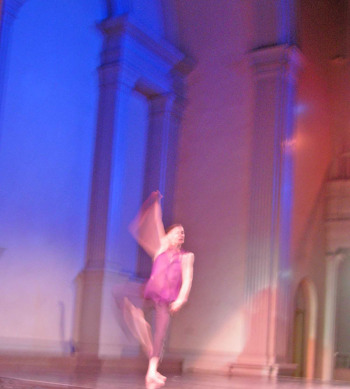In the Paris of Appalachia
 Wednesday, September 8, 2010 at 7:06PM
Wednesday, September 8, 2010 at 7:06PM  Bonnie ‘Prince’ Billy performing at The Andy Warhol Museum Auditorium, Saturday, August 21, 2010, Pittsburgh, PAOn a dead-hot August night in what’s affectionately referred to as the Paris of Appalachia, Louisville, Kentucky native and icon of the indie folk-rock music scene, Bonnie ‘Prince’ Billy and his Cairo Gang, paraded down the aisle of the 130-seat auditorium at The Andy Warhol Museum in Pittsburgh taking the stage and then the audience with an acoustically faultless rendition of ‘Like Kids’ a track off the new album ‘The Wonder Show of the World.’ Bonnie ‘Prince’ Billy also known as Will Oldham captivated the audience with his exquisite vocal range scaling low to high with precision while invoking an emotional tone that gave rise to the profane, witty and often enigmatic lyrics that mine heartache, loneliness and sex. The Cairo Gang’s lead guitarist Emmett Kelly held down the fort with disciplined yet colorful riffs that every so often broke into vivid noise segments creating an energetic fusion. His vocal accompaniment colored the set with a choirboy’s innocence especially as back-up on Oldham’s radically reworked ‘I See a Darkness,’ famously covered by the master of hardscrabble, Johnny Cash. http://www.warhol.org/calendar/events_detail.php?eventID=1960&dateYear=2010&dateMonth=8&dateDate=21
Bonnie ‘Prince’ Billy performing at The Andy Warhol Museum Auditorium, Saturday, August 21, 2010, Pittsburgh, PAOn a dead-hot August night in what’s affectionately referred to as the Paris of Appalachia, Louisville, Kentucky native and icon of the indie folk-rock music scene, Bonnie ‘Prince’ Billy and his Cairo Gang, paraded down the aisle of the 130-seat auditorium at The Andy Warhol Museum in Pittsburgh taking the stage and then the audience with an acoustically faultless rendition of ‘Like Kids’ a track off the new album ‘The Wonder Show of the World.’ Bonnie ‘Prince’ Billy also known as Will Oldham captivated the audience with his exquisite vocal range scaling low to high with precision while invoking an emotional tone that gave rise to the profane, witty and often enigmatic lyrics that mine heartache, loneliness and sex. The Cairo Gang’s lead guitarist Emmett Kelly held down the fort with disciplined yet colorful riffs that every so often broke into vivid noise segments creating an energetic fusion. His vocal accompaniment colored the set with a choirboy’s innocence especially as back-up on Oldham’s radically reworked ‘I See a Darkness,’ famously covered by the master of hardscrabble, Johnny Cash. http://www.warhol.org/calendar/events_detail.php?eventID=1960&dateYear=2010&dateMonth=8&dateDate=21
 Bonnie ‘Prince’ Billy with a fan post concert at The Andy Warhol Museum, August 21, 2010, Pittsburgh, PAIn northeast it was a beat of a different drummer. On a breezy late afternoon day, an intimate crowd reclined on velvety navy blue beach towels on the lawn at the Watermill Center in Watermill, New York for the 2010 fundraising concert ‘Last Song of Summer.’ The Canadian-American singer-songwriter Rufus Wainwright, (the offspring of celebrated folk singers Kate McGarrigle and Loudon Wainwright the Third), headlined the event. After an astounding 45-minute set of original songs and cover music, Wainwright welcomed to the stage his special guest, the Australian pop icon Kylie Minogue. The unlikely pair performed duets like Hoagie Carmichael’s ‘Stardust’ and a pumped-up version of Elton John’s ‘Don’t Go Breaking My Heart’ that brought the audience to their feet. Kylie took center stage and performed ‘All the Lovers’ a single from her recently released album ‘Kylie Aphrodite.’ But it was her 2001 disco-pop hit ‘Can’t Get You Out of My Head’ that blew the crowd away. The event raised $200,000 for the Watermill Center. www.watermillcenter.org
Bonnie ‘Prince’ Billy with a fan post concert at The Andy Warhol Museum, August 21, 2010, Pittsburgh, PAIn northeast it was a beat of a different drummer. On a breezy late afternoon day, an intimate crowd reclined on velvety navy blue beach towels on the lawn at the Watermill Center in Watermill, New York for the 2010 fundraising concert ‘Last Song of Summer.’ The Canadian-American singer-songwriter Rufus Wainwright, (the offspring of celebrated folk singers Kate McGarrigle and Loudon Wainwright the Third), headlined the event. After an astounding 45-minute set of original songs and cover music, Wainwright welcomed to the stage his special guest, the Australian pop icon Kylie Minogue. The unlikely pair performed duets like Hoagie Carmichael’s ‘Stardust’ and a pumped-up version of Elton John’s ‘Don’t Go Breaking My Heart’ that brought the audience to their feet. Kylie took center stage and performed ‘All the Lovers’ a single from her recently released album ‘Kylie Aphrodite.’ But it was her 2001 disco-pop hit ‘Can’t Get You Out of My Head’ that blew the crowd away. The event raised $200,000 for the Watermill Center. www.watermillcenter.org
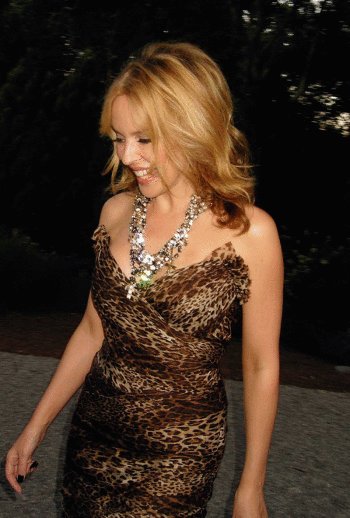 Kylie Minogue leaving the stage, Watermill 2010 Concert ‘Last Song of Summer,’ August 28, 2010, Watermill, New York
Kylie Minogue leaving the stage, Watermill 2010 Concert ‘Last Song of Summer,’ August 28, 2010, Watermill, New York
 Email Article
Email Article 
